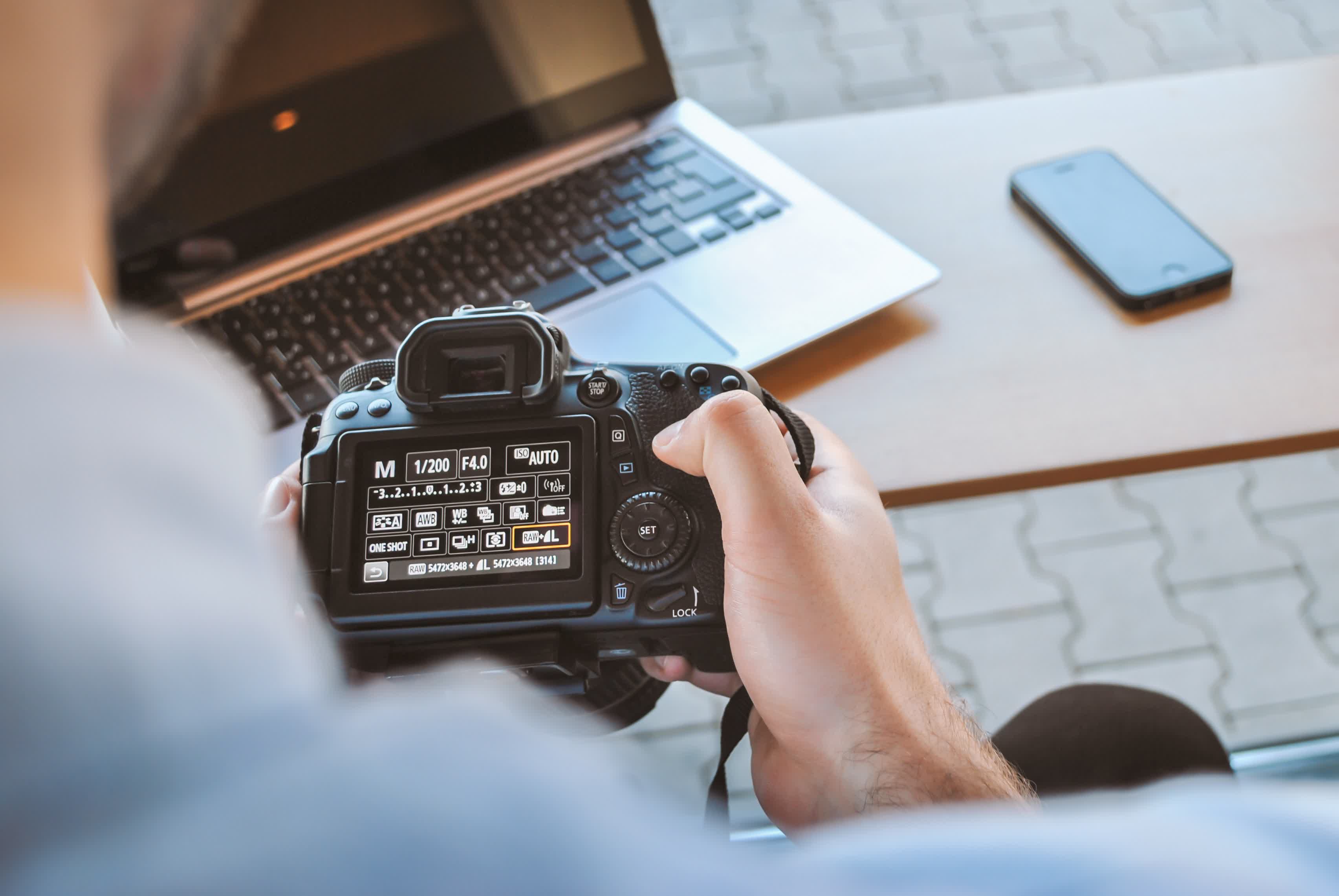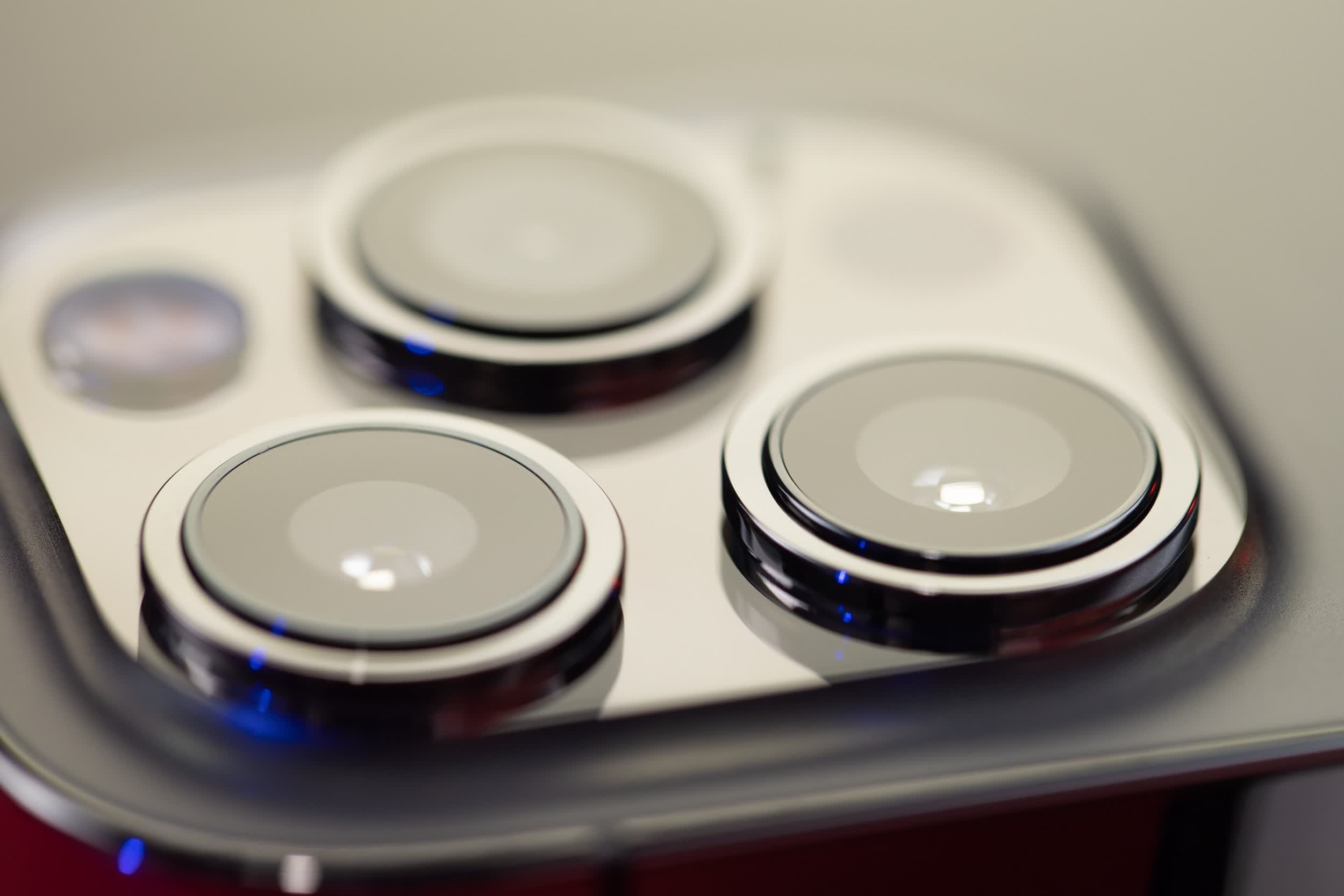In brief: Sony is not the only tech giant that believes smartphone cameras are on pace to eclipse DSLRs in the not-too-distant future. Judd Heape, VP of product management for cameras at Qualcomm, seems to agree with Sony's stance.
In a recent interview with Android Authority, Heape said that in terms of getting towards the image quality of a DSLR, he thinks the image sensor is capable enough and the amount of innovation that is going into mobile image sensors is faster and more advanced than what is happening in the rest of the imaging industry.
Another advantage lies in the processing power available inside smartphones.
According to Heape, the processing of a Snapdragon is 10 times better than what you will find in top-of-the-line Nikon and Canon cameras. Even with a smaller lens and a smaller image sensor, Heape said, they can do a lot more processing.
Sony Semiconductor Solutions (SSS) President and CEO Terushi Shimizu said earlier this year that he believes smartphone image quality will exceed what is possible with a DSLR within the next few years.

What's more, leading DSLR makers seemingly are not prepared to put up much of a fight. Over the summer, insiders said Nikon is preparing to exit the DSLR market to focus on smaller and lighter mirrorless cameras. Late last year, Canon confirmed it had produced its final flagship DSLR and would shift its attention to mirrorless models.
As for the megapixel war, Heape believes the sweet spot is around the 40-megapixel to 50-megapixel range and feels the industry should focus on that target instead of striving for sensors capable of hundreds of megapixels.
Samsung's latest Galaxy S22 Ultra ships with a 108-megapixel rear-facing camera and the company will start mass producing its new 200-megapixel Isocell HP3 image sensor later this year for inclusion in early 2023 flagships.
Bigger pixels could also help the cause as could larger sensors, but the latter is unlikely to expand past one inch in the foreseeable future.
